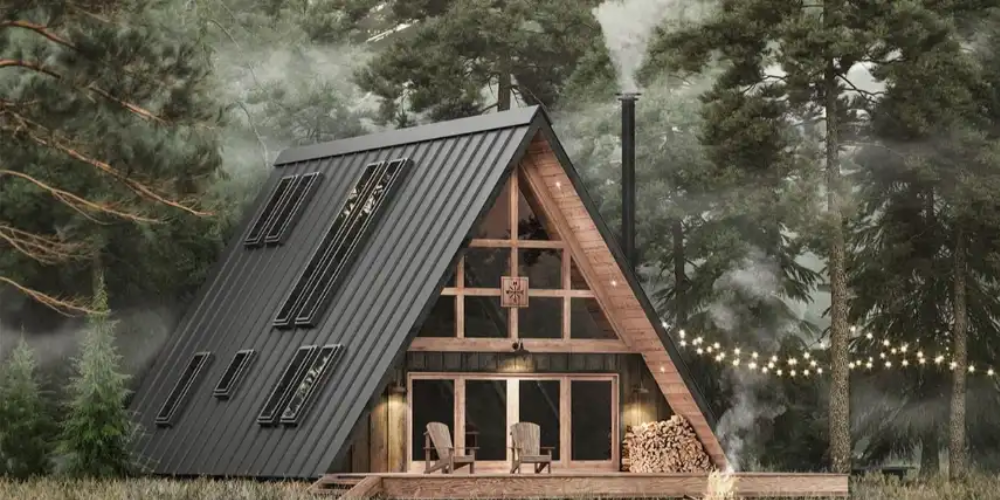Mental Health at Work: The Real Estate Industry in 2024
https://www.c4dcrew.com/wp-content/uploads/2024/09/C4D-Post-Design-2.png 1000 500 Taylor Witt Taylor Witt https://secure.gravatar.com/avatar/929cbb327a14541f261a18eb19f98ae655626081315c630086c34e67b7853acf?s=96&d=mm&r=gMental health in the real estate industry is often an overlooked issue, despite the high levels of stress agents experience daily. From managing fluctuating markets to client expectations and long working hours, real estate professionals face unique challenges that can significantly affect their well-being. With its independent and commission-driven nature, the industry demands constant availability, contributing to burnout, anxiety, and isolation. Addressing these mental health concerns is crucial, not only for the agents’ well-being but also for their long-term productivity and success within the industry.
The 2024 “Mind Matters” mental health report by Checkr highlights important trends in workplace mental health and how organizations can better support their employees. In the context of the real estate industry, these insights are especially relevant, given the stressors that real estate agents face.
Real estate is a high-pressure field that involves managing financial transactions, building client relationships, and meeting sales targets. These factors can contribute to significant mental health challenges for agents. The Checkr report notes that workplace mental health is no longer a peripheral issue—it’s central to employee performance, retention, and overall well-being. Just like other industries, real estate professionals are not immune to burnout, anxiety, and depression, especially when they are constantly facing fluctuating markets, tight deadlines, and demanding clients.
According to the report, one of the key takeaways is the importance of organizations creating a culture of mental well-being by providing resources and building an environment where mental health is openly discussed. For real estate agencies, this means fostering a supportive atmosphere that encourages agents to seek help when needed and access mental health resources without fear of stigma. As real estate agents often work independently or on commission, it’s critical for brokerages to check in regularly on their employees’ mental health, providing access to counseling services, stress management tools, and flexible work options.
Furthermore, since real estate is often seen as a 24/7 job, promoting work-life balance is another aspect of mental well-being highlighted in the report. For real estate agents, adopting mindfulness techniques or prioritizing personal time can help mitigate the risks of burnout. Encouraging the use of technology to automate certain tasks or better manage workloads could also ease the pressure on agents.
In line with Checkr’s findings, brokerages and teams should recognize the importance of mental health training for managers. Managers in real estate settings should be equipped to understand the signs of burnout and stress, allowing them to intervene before a real problem emerges. The report also suggests that companies can benefit from setting up peer support networks, where agents can share experiences, challenges, and coping strategies with one another. This could foster camaraderie in what is often a solitary profession.
Finally, the report touches on the role of empathy and emotional intelligence in leadership. Real estate firms could focus on developing leadership programs that not only prioritize performance but also put emphasis on human-centered approaches to managing teams. These types of initiatives will ultimately help real estate agents feel more supported in their roles, reducing the risk of mental health issues down the line.
In conclusion, while real estate is known for its competitive nature, adopting a mental health-focused approach—aligned with the insights from the Checkr report—can lead to more sustainable, productive, and healthy agents, which in turn benefits both employees and the firm’s long-term success. Real estate agencies would do well to prioritize mental health in 2024 and beyond.
Read the full report here: Checkr’s 2024 Mind Matters Mental Health Report.








:max_bytes(150000):strip_icc()/15-70ba8384394442c08abd3ecf4ded0cf7.jpg)